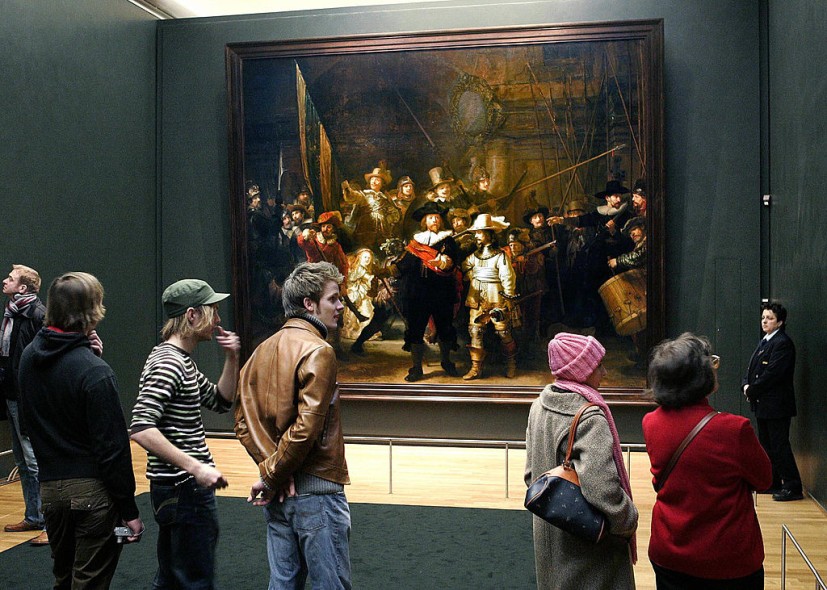From recently rediscovering the smallest Rembrandt artwork to the monumental sale of the artist's initially misattributed piece, the legacy of the Dutch master has had a few interesting new additions in 2023.
Recently, a new contribution to this legacy has been unearthed following a breakthrough study published last Friday, Dec. 15, in the journal "Science Advances" regarding a previously unseen painting technique hidden in Rembrandt's renowned piece "The Night Watch."

What 'The Night Watch' Hid Over Centuries
The Dutch artist's gigantic masterpiece from the mid-1600s depicts a squad of citizen militia gathering in a dimly lit room as they prepare to protect their city. Rembrandt mindfully traverses the canvas with his brush as he masterfully plays with the blending of light and shadow within the piece.
The artist shows only what he intends to, administering light to the faces and key features of the soldiers, and hiding other elements through his usage of the room's natural dimness. That said, that's not the only thing the painting was obscuring as the experts have found out.
Through the combined utilization of X-ray technology, spectroscopy, and 3D reconstructions, the researchers discovered a lead-filled layer under the surface of the painting, something that is unprecedented within Rembrandt's oeuvre and its overall 400-year history.
'Operation Night Watch,' An Exploration of Rembrandt's Technique
This set of advanced analyses was part of an initiative launched by the Rijksmuseum called "Operation Night Watch." Essentially, this project is a research and conservation effort focusing on uncovering the masterpiece's history.
According to the conservators assigned to the project, one possibility as to why Rembrandt employed such a technique is because he needed a more flexible and cheaply produced pigment alternative bearing the artwork's enormous size.
On the other hand, the researchers also theorized that Rembrandt was trying to protect the painting from the humid weather that was characteristic of the exterior wall it was planned to be hung on, located in the musketeers shooting range of Kloveniersdoelen in Amsterdam.
In addition to all that, the study says the overall presence of lead within the piece suggests that it was applied using big arched brushstrokes. Stretcher bar remnants were also uncovered in the X-ray scans, which meant that the lead layer was implemented during a preparatory stage just right after the canvas was stretched.